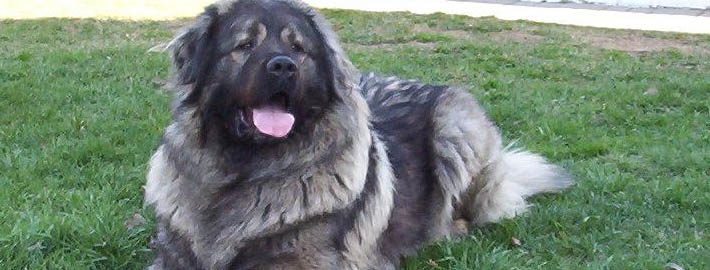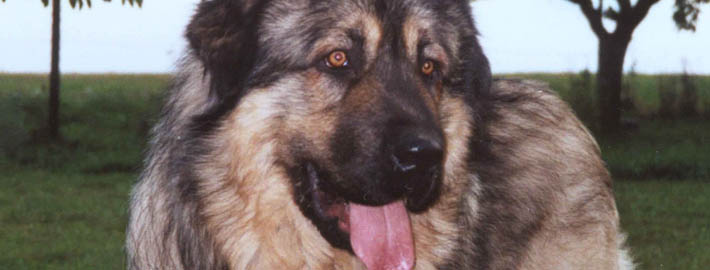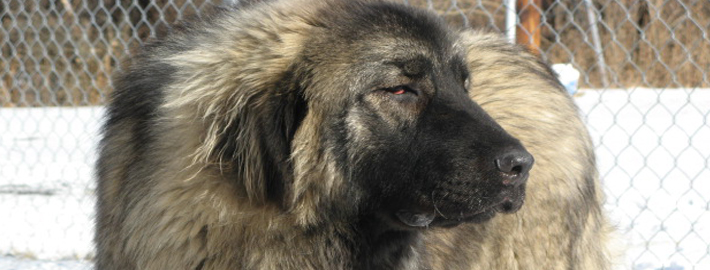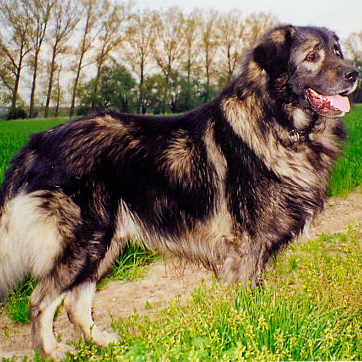What makes the Sarplaninac Unique?
The Sarplaninac is a naturally protective breed. They are suspicious and aloof with strangers, and make excellent home and family guardians. However, they can easily become overprotective and territorial; early and thorough socialization and training is essential in ensuring they do not become overprotective and dangerous. The Sarplaninac is a formidable guard dog that cannot be bribed or coerced; they will not hesitate to defend their charges with their life.
Breed Groups
- Herding Dog Breeds
- Large Size
- Flock Guard
Page Contents
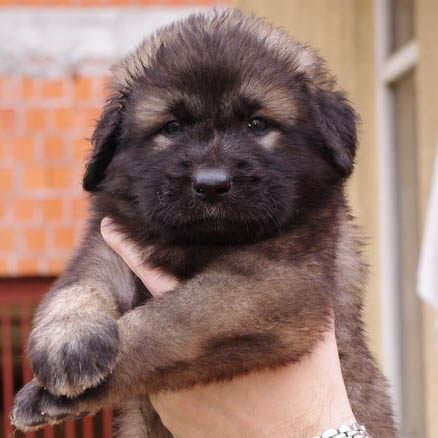
Is the Sarplaninac Right For You?
The breed is aloof with outsiders, and calm until a threat to the flock presents itself. The breed has an extremely protective nature. In the absence of a flock of sheep, the Šarplaninac will often treat its humans as sheep – herding them away from danger or undesirable areas. They are serene and majestic, gentle with children and smaller dogs. They are also highly intelligent and bred to work without human supervision while guarding the flocks in the high pastures. Young pups can kill small animals until trained not to hunt.
Like many of its cousin Mountain dogs, the Šarplaninac is a very serious and dedicated guard dog. Due to this, they are naturally suspicious of strangers and will need good socializing at a young age to lessen this innate personality trait. They are calm and gentle with their family but when faced with danger they become a formidable foe, not a suitable breed for all. Consistent and firm training is essential to ensure compliance.
In 5 Words
- Independent
- Energetic
- Reliable
- Devoted
- Proud
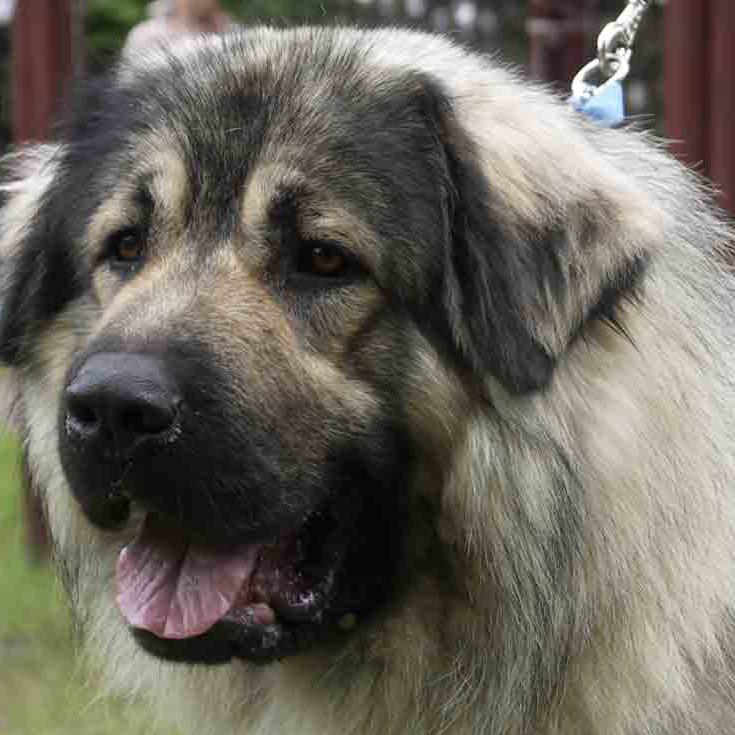
Characteristics
Learn About the Sarplaninac
Description
General Description
The coat of the Sarplaninac is about 4 inches (10 cm) long. The hair is dense and evenly distributed. Colors include: gray, white, tan and black. Colors can be solid or blended. The Sarplaninac is one of the few flock guards that come in solid colors other than white. The body is medium in size and bone. The feathering on the underbelly and legs and the bushy tail, however, give the appearance of a much huskier dog. The tip of the nose is quite large, but not protruding. The tail is slightly curved in repose. The forearm is well-boned, well-muscled and almost vertical. The eyes are dark and almond-shaped. A keen, discriminating expression is characteristic.
Short History of the Sarplaninac
This breed’s name is taken from the mountain in southwest Yugoslavia where it originated, the Sarplaninac. This breed is believed to have been bred by shepherds in the region around 2,000 years ago to protect their flocks of sheep from predators such as wolves and bears. Some writers hold that this breed was brought to Europe from Asia during times of migration and may be descended from the Tibetan Mastiff. Registered by the FCI in 1939, first under the name “Illyrian Sheepdog” and later, in 1957 as “Sar Planina Sheepdog”, this breed has spread throughout all of Yugoslavia and is becoming more popular in other countries, particularly France where it arrived in 1980.
Temperament
The coat of the Sarplaninac is about 4 inches (10 cm) long. The hair is dense and evenly distributed. Colors include: gray, white, tan and black. Colors can be solid or blended. The Sarplaninac is one of the few flock guards that come in solid colors other than white. The body is medium in size and bone. The feathering on the underbelly and legs and the bushy tail, however, give the appearance of a much huskier dog. The tip of the nose is quite large, but not protruding. The tail is slightly curved in repose. The forearm is well-boned, well-muscled and almost vertical. The eyes are dark and almond-shaped. A keen, discriminating expression is characteristic.
Caring for Your Sarplaninac
General Health
All large breeds hip dysplasia and other structural problems can occur. Bloating can also be an issue with any deep barreled breeds. They can be sensitive to anesthesia, which should be administered with care, proper weighing and monitoring. Care needs to be taken with flea and tick sprays. In general there are no specific breed health problems. Most of the problems that are found are primarily problems found in most large breed dogs.
Grooming & Bathing
The coat will benefit from occasional brushings.
Exercise & Training
The Sarplaninac needs firm but consistent training. Make sure the sessions are short so that the dog does not become bored.

